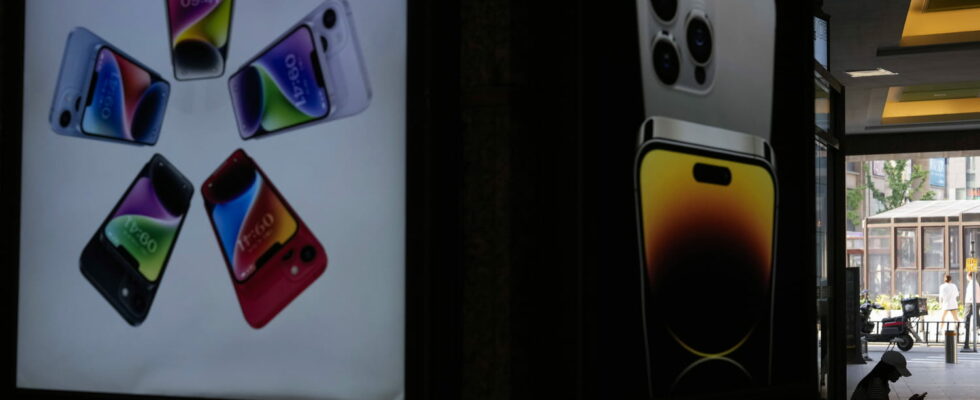The iPhone 16 is not expected to feature any major innovations, once again. The real changes are planned for 2025, and there is even talk of a model that will revolutionize the range.
Apple fans eagerly await the traditional September keynote every year, unveiling the new iPhones. But this year, the excitement may be subdued. TheiPhone 16, which will be presented this Monday, September 9, will not bring any major changes compared to its predecessor, according to information obtained by Mark Gurman of Bloomberg. The previous iPhone itself had not really changed the game last year.
Certainly, theiPhone 16 will, as usual, feature some new features. We can expect slightly larger screens, new colors, a dedicated camera button, improvements to artificial intelligence and a more powerful A18 chip. But overall, the design and features will remain very close to those of the iPhone 15. Apple seems to have chosen to be cautious for its 2024 flagship, preferring to bet on incremental evolutions rather than on disruptive innovations.
This choice is probably explained by the desire to reassure investors and maintain a good level of sales in an uncertain economic context. The iPhone remains Apple’s flagship product, generating nearly 50% of the firm’s turnover on its own. With an iPhone 16 in continuity, Apple ensures that it retains its customer base and sells off its stocks without difficulty.
A “fourth generation” of iPhone next year?
Innovation lovers will have to wait until 2025 to see any change. According to Mark Gurman, Apple is indeed preparing several major new features for next year. First of all, a new iPhone SE should be launched as early as January 2025. This entry-level model, offered at a more affordable price, would benefit from a new design inspired by the iPhone 12/13 with an edge-to-edge screen. It could appeal to a wider audience and boost sales in the mid-range segment.
But it is above all the iPhone 17, expected for September 2025, which should mark a real break. Nicknamed “iPhone Air” internally, it would sport a completely renewed look with flat edges, a frosted glass back and a reorganized photo module. Thinner and lighter, it would inaugurate what an expert quoted by Bloomberg considers to be “the fourth generation of iPhone”, finally adding itself to the iPhone, iPhone Pro and iPhone Pro Max, after the iPhone Mini which never met with the expected success after its launch in 2020.
Beyond the extra thin and very polished design, the equivalent of the MacBook Air that had left its mark on the minds when it was launched in 2008, the iPhone 17 would integrate cutting-edge technologies, such as a fingerprint sensor under the screen, a periscope zoom, reverse charging or even satellite connectivity. The A19 chip, engraved in 3 nm, would offer substantial gains in terms of performance and energy efficiency. In short, a real renaissance for the range, which could revive interest and sales after several years without much surprise.
While waiting for this revolution, the iPhone 16 will therefore play a transitional role. It will allow Apple to maintain its market share and margins, without disrupting a recipe that has worked for almost 16 years. But eyes are already turned towards 2025 and the promises of innovations of the iPhone 17. Apple fans will have to be patient before discovering the long-awaited new generation of their favorite smartphone.
